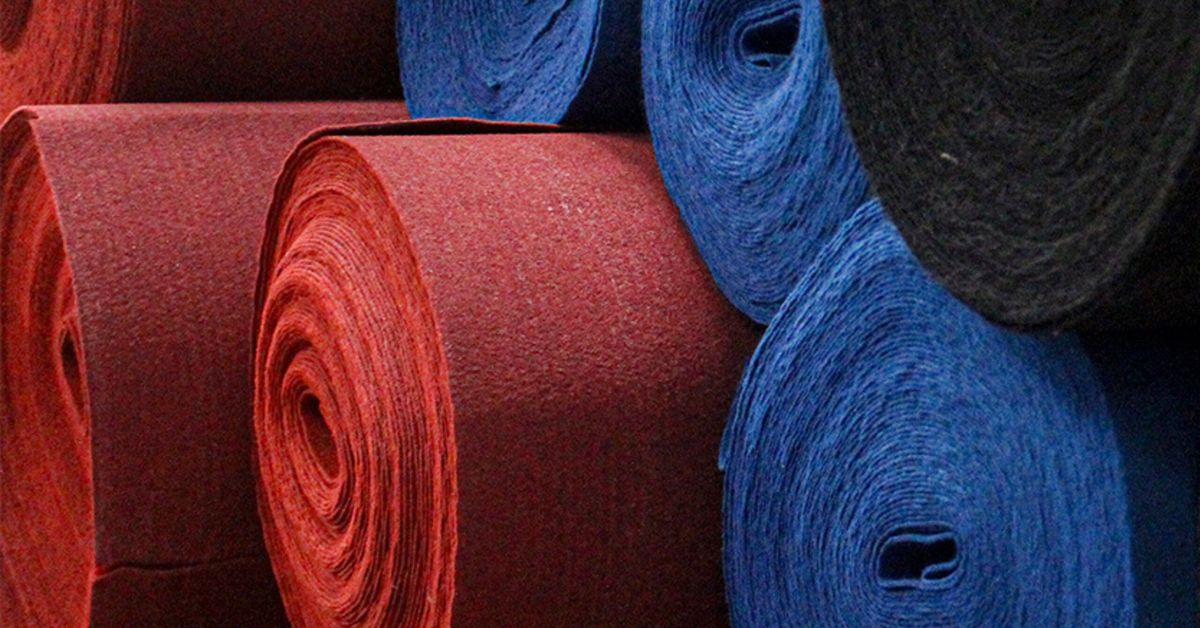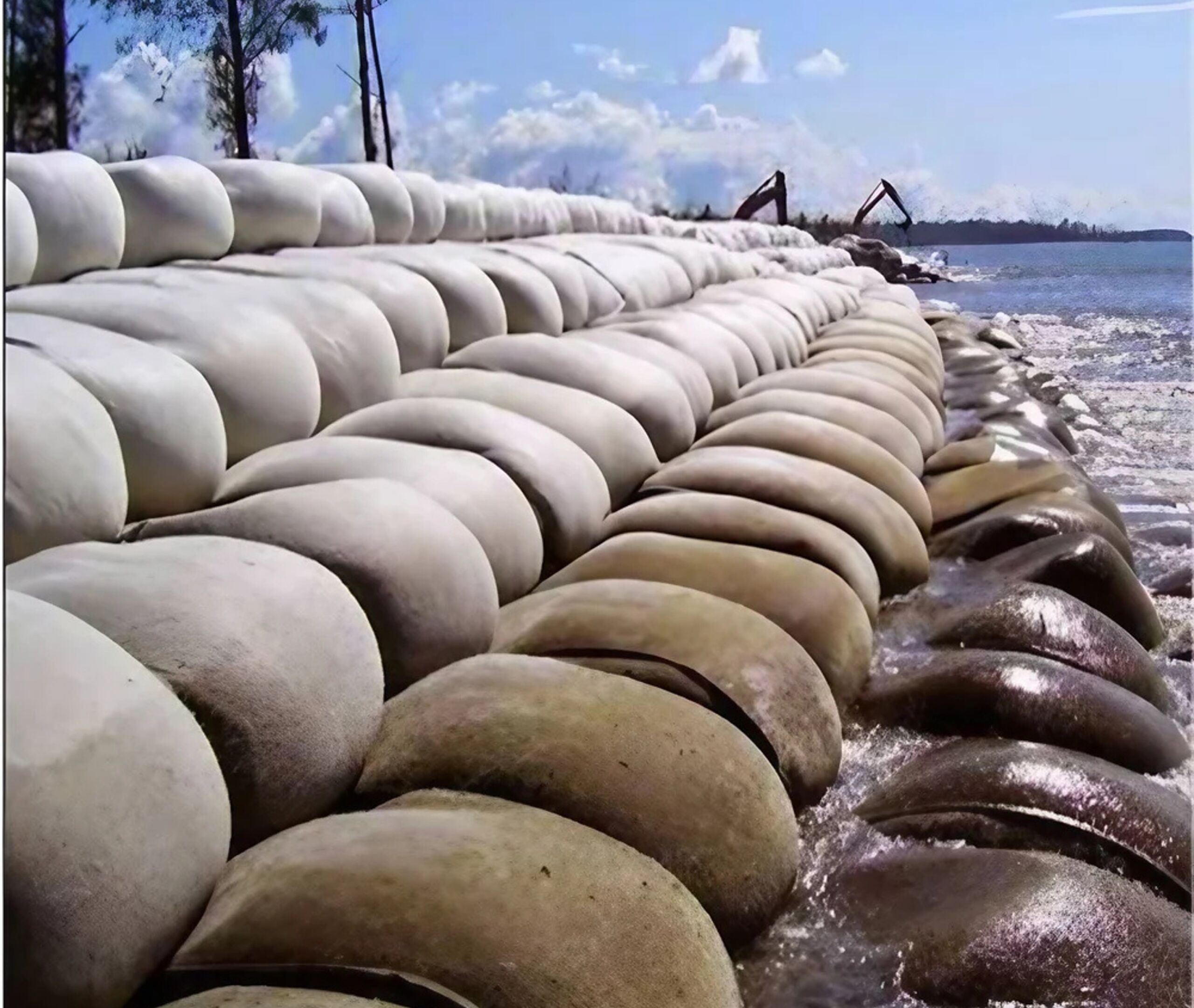

How Geotextile Fabrics Help in Sustainable Construction in India
Sustainability is the core of Indian construction times today. As a reaction to the demand for green solutions, engineers and contractors seek out materials with strength, durability, and zero ecological footprint. Herein, Geotextile Fabrics stand as a revolutionary input that not only enhances the efficiency of infrastructure but also spreads a silent, efficient means of sustainable existence by minimizing environmental unrest.
In this blog, we shall explore how Geotextile Fabrics help to foster sustainable construction in India and understand why the engineering fraternity views them as essential today.
What Are Geotextile Fabrics?
It is amazing to have Geotextile Fabrics exist. Engineered with a civil engineering focus between the rock, soil, and other materials that go into constructing anything, performs basic functions, such as separation, filtration, drainage, and reinforcement, all in one simple-to-use layer.
Where several non-woven and woven products exist, the non-woven type has attained widespread popularity on Indian websites. The non-woven geotextile fabric are economical, high-strength mats with open porosity coupled with stress resistance allowing uninterrupted water flow in conjunction with active soil retention.
They are made of synthetic yarns with nanometric fibres and interlocked formations that provide performance features that meet even the most stringent durability needs while allowing sustainable designs.
Role of Geotextile Fabrics in Integrated Construction
Control the Soil Erosion
Soil erosion is one of the principal issues in India, primarily in rain-prone regions, riverbanks, and coasts. Geotextile Fabrics serve as a cover that strongly retains the soil layer in its place. Geotextile Fabrics prevent soil degradation and provide appropriate health to the surrounding ecosystem.
Affordable Drainage Solutions
Engineered drainage is required for roads and highways to be durable so that waterlogging can be drained out and foundations can be safeguarded. Non-woven geotextile separate water, stop soil migration, and allow for the free flow of drainage with interference. This attribute allows for the formation of long-lasting drainage systems with minimized flooding and soil pollution risks in adjacent land.
Highway and Road Construction
India’s rapid development of its road and highway network demands sustainability in design. In using non-woven geotextile fabric in roads, they facilitate load distribution due to traffic, increase the structure’s strength, and prevent crack development. The textiles prolong road life, hence reducing the maintenance frequency and thus saving costs while curbing environmentally degrading activities.
Slope and Embankment Protection
Steep slopes and fill slopes are susceptible to landslide activity and erosion. Geotextile Fabrics support soil matrices, increasing overall slope stability. Through the encouragement of plant growth and soil consolidation, the ground is stabilized and more biodiversity is provided.
Water Conservation Projects
Conservation of water is a critical mandate throughout India and non-woven geotextile material effectively reduces seepage and evaporation by reducing losses, the material directly allows for the transition to sustainable agriculture and irrigation practices.
Environmental Impacts of Geotextile Fabrics
1. Effective utilization of resources: By extending the lifespan of roads, dams, and the like, virgin resources that would be utilized in repair and replacement are reduced.
2. Saving of energy: With reduced need for repairing assets, the energy that was previously used on handling and movement of material is saved.
Applications of Non-Woven Geotextile in India
1. Road and Rail Construction: Rail embankment and transportation roads are aided by stabilized subgrade and extended fatigue life.
2. Landfills: Landfills employ the material for engineered lining which prevents leachate backflow, and protects underlying aquifers.
3. Agricultural Project: Agriculture, finally, uses geotextile to close up and stabilize irrigation canals, maximizing water delivery and strengthening rainwater harvesting structures.
4. Foundation Building: Boosting the subsoil’s capacity for more rigid next-generation structures.
With increasing green building awareness, Indian demand for non-woven geotextile manufacturing can only increase.
Conclusion
Geotextile Fabrics are a revolution in green building in India. From reduction in soil erosion to increasing rainwater harvesting and asset longevity, such synthetic materials are building a green future. Among them, non-woven geotextile fabric boasts high elasticity.
Supreme Geotech is India’s premier producer of top-grade non-woven geotextile for diverse situations on a construction site. Supreme Geotech combines technology, stringent quality check, and visionary manufacturing to reign over India’s infrastructural and environmental development.
For uniform geotextile performance anywhere, you may rely on Supreme Geotech as your absolute partner.
FAQs:
What are the main uses of Geotextile Fabrics in India?
Geotextile Fabrics find application in enhancing road performance, stabilizing highway slopes, enhancing the effectiveness of drainage systems, minimizing erosion in slopes, and supporting water harvesting and recharge schemes.
In what ways are non-woven geotextile fabrics different from woven geotextile?
Non-woven geotextile fabric are made from man-made fibers creating an open matrix which permits good filtration and drainage so that more tensile strength is added for the support of soil and also for load distribution.
Why are Geotextile Fabrics important in sustainable construction?
Geotextile Fabrics contribute towards sustainable construction by reducing soil and water erosion on-site, and maximizing storm water management.


